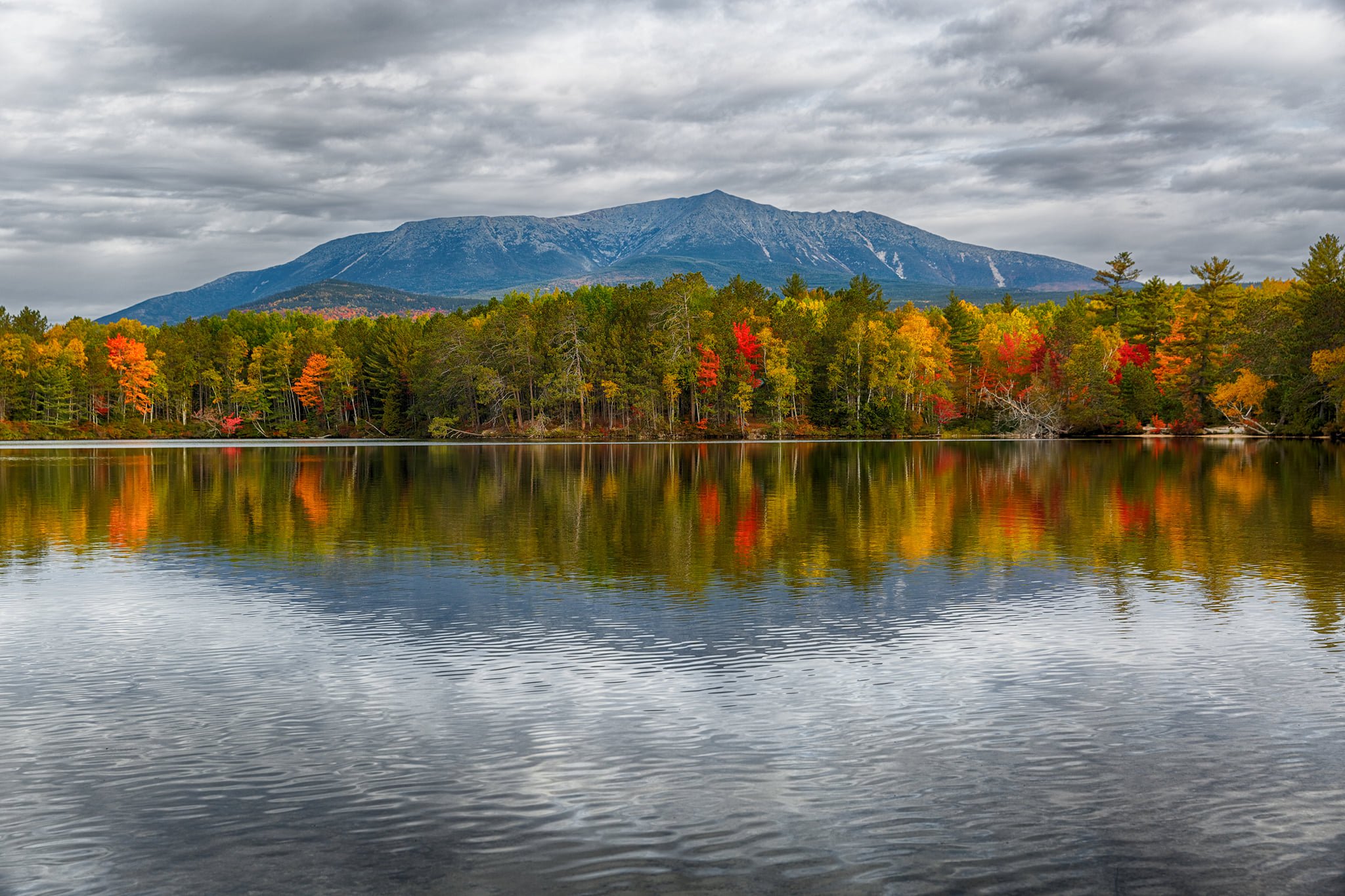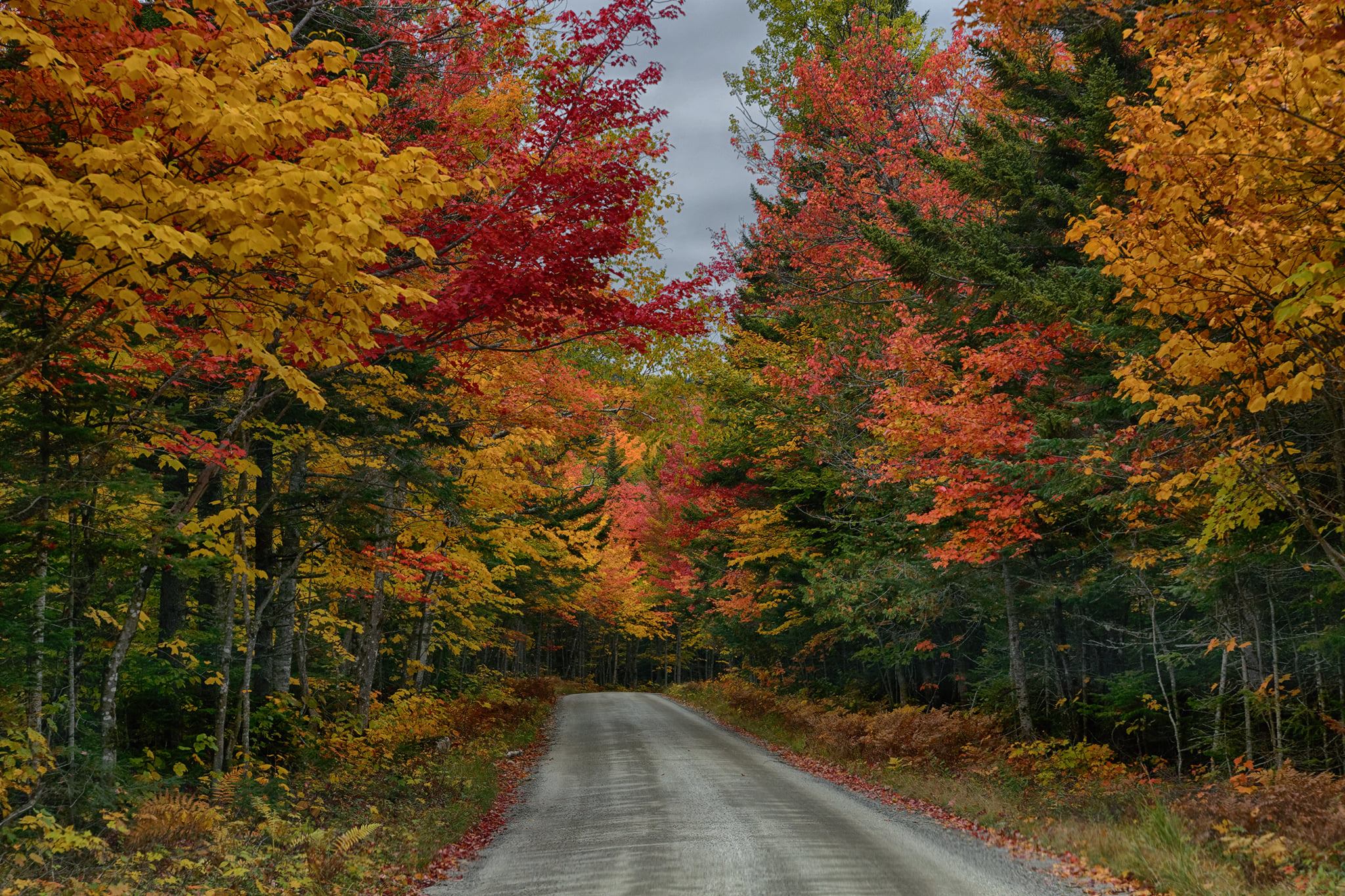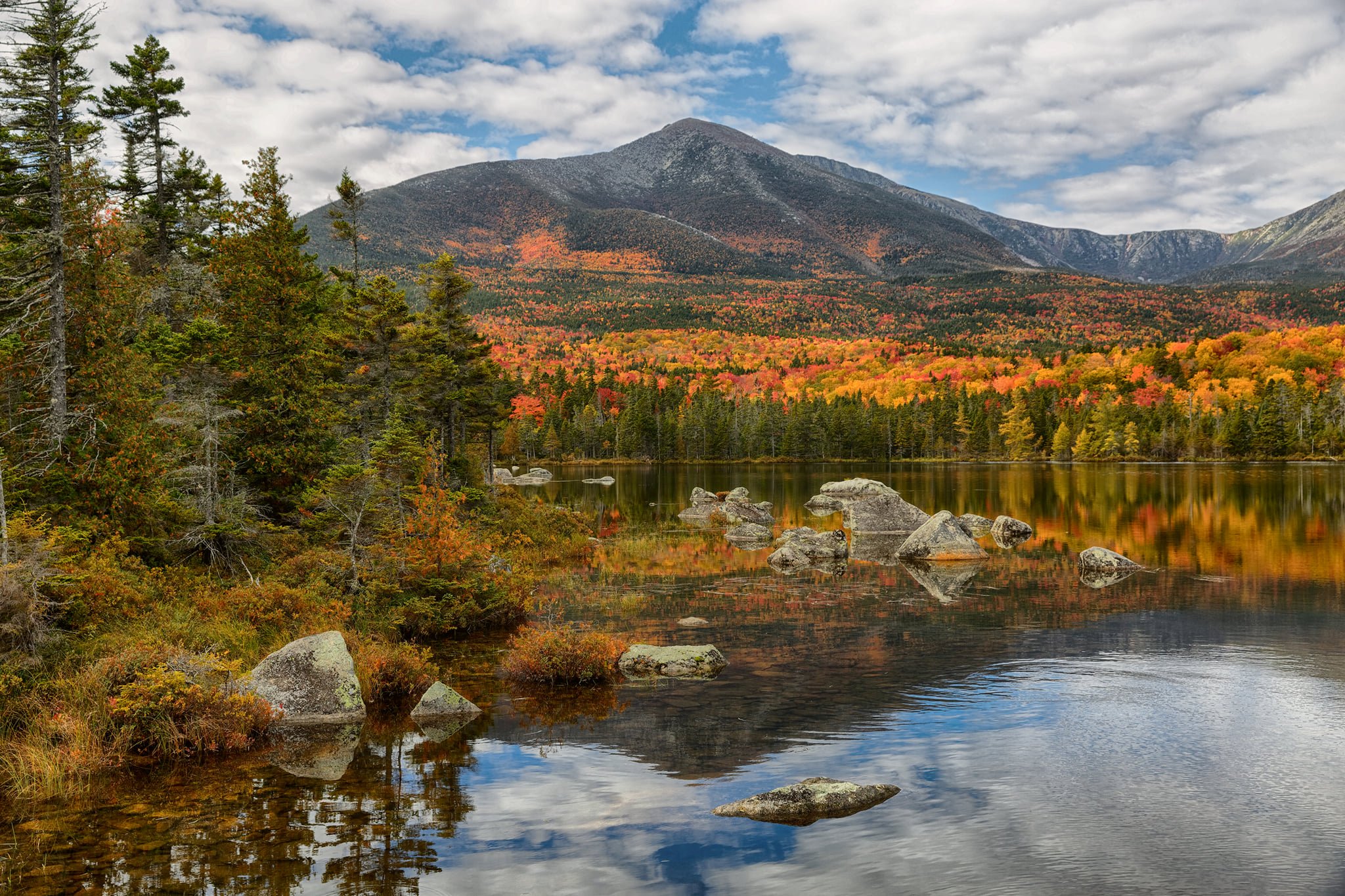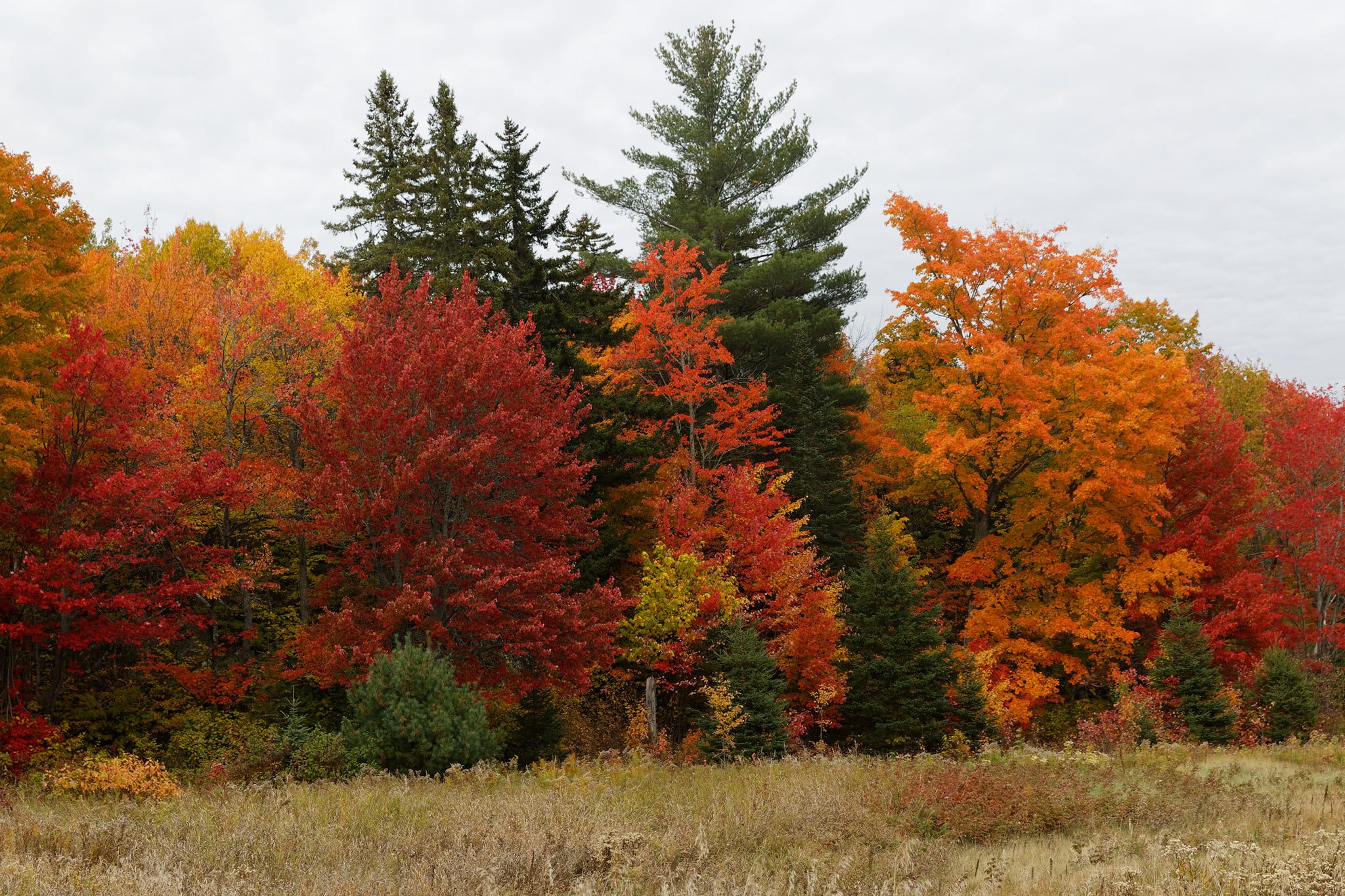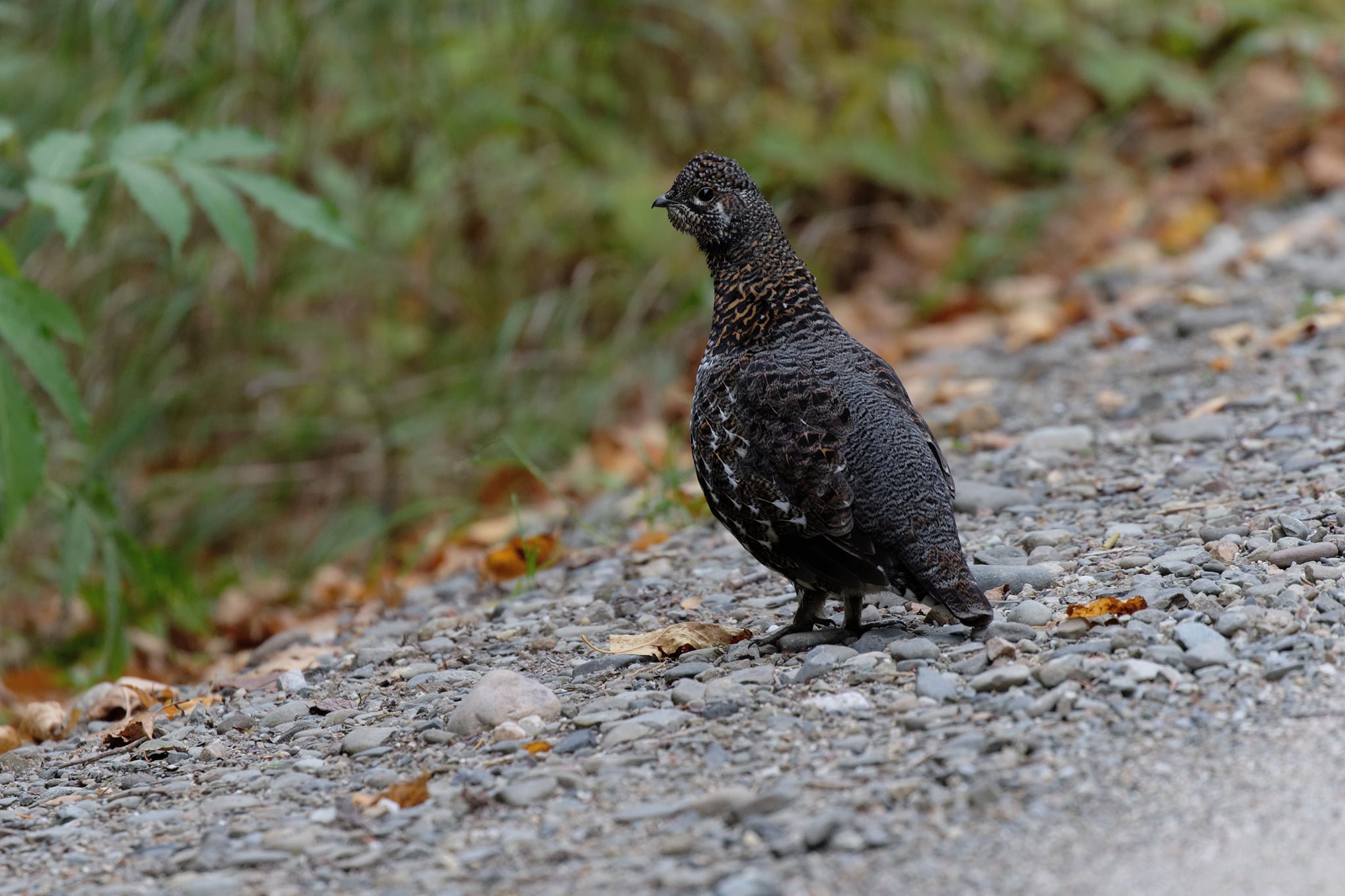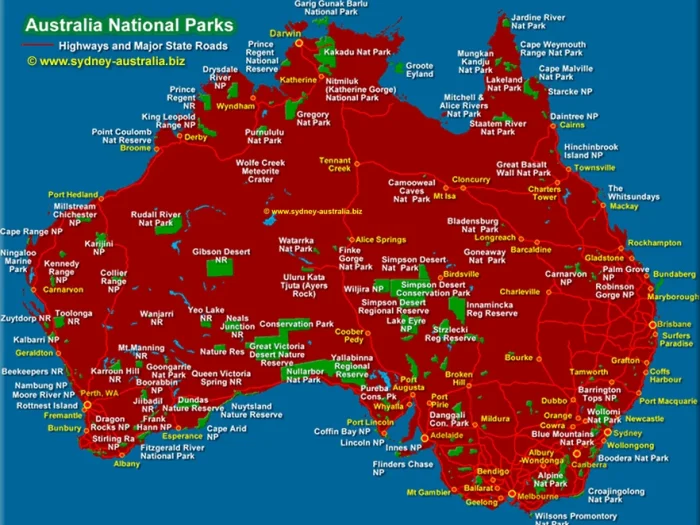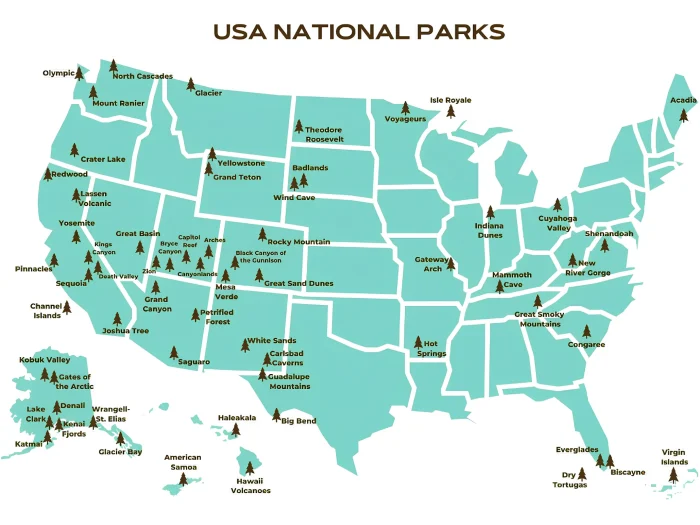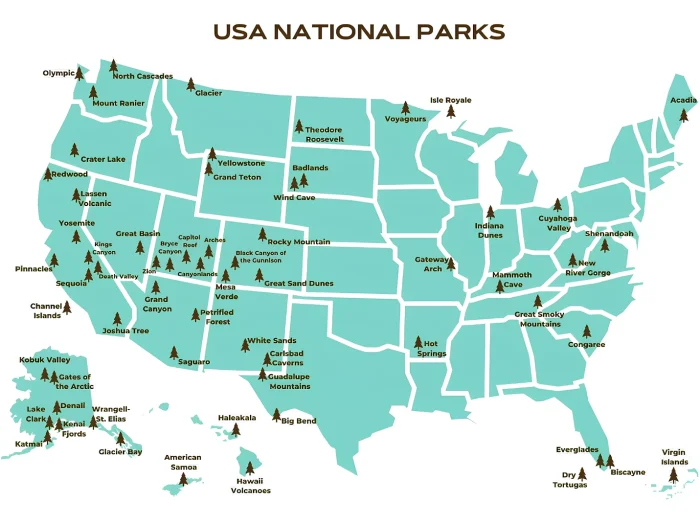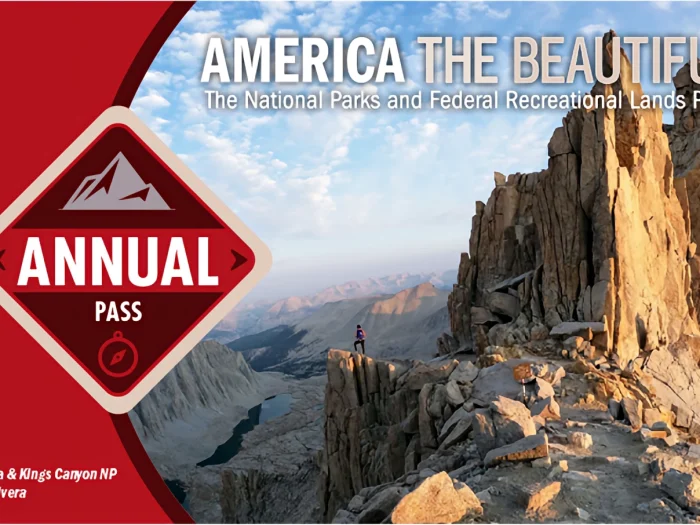Welcome to Baxter State Park
Welcome to Baxter State Park
Baxter State Park is a large wilderness area permanently preserved as a state park in Northeast Piscataquis, Piscataquis County in north-central Maine, United States. It is in the North Maine Woods region and borders the Katahdin Woods and Waters National Monument on the east.
The Baxter State Park was established by 28 donations of land, in trust, from park donor Percival P. Baxter between the years of 1931 and 1962, eventually creating a park of over 809 km2 in size. The park is not part of the Maine State Park system. Sole governance is provided by the Baxter State Park Authority, consisting of the Maine Attorney General, the Maine Commissioner of Inland Fisheries and Wildlife, and the Director of the Maine Forest Service. The Baxter State Park is independently funded through a combination of revenues from trusts, user fees, and the sale of forest products from the park’s Scientific Forest Management Area. The park is home to the state’s highest peak, Mount Katahdin. The number of visitors to the Baxter State Park declined from 75,000 in 2000 to 55,000 in 2005, but since 2005 visitor use has been slowly increasing. In 2018, the gate counts were 67,774.
Wildlife
The park has a diverse population of wildlife, the most common of which are the moose, the black bear, and the white-tailed deer. These animals in Baxter State Park are most active during the summer months and can sometimes be seen from the road. The many marshes and bogs of the park serve as habitats for such animals as muskrats, beavers, river otters, and raccoons. There are several active beaver colonies within the park’s perimeters. Wooded areas of the park support other types of wildlife, including fishers, bobcats, martens, chipmunks, weasels, red squirrels, snowshoe hares, coyotes, lemmings, and red foxes. There is also an avian population in the park; the most common birds are thrushes, warblers, and flycatchers as well as owls, hawks, eagles, and ducks and other wetland birds.
History of Baxter State Park
In 1920, eventual Governor Percival P. Baxter participated in an expedition to the top of Mount Katahdin, led by Burton Walter Howe (then-chairman of the Aroostook county Republican party), to determine its feasibility for the site of a national park. The expedition included not only Baxter, but also Charles P. Barnes, who was widely regarded as the leading candidate for Speaker of the House of Representatives of Maine when it convened in January 1921. The expedition’s guide was Roy Dudley, the long-time game warden at Chimney Pond.
After assuming the Maine Senate presidency during the state’s 80th legislative session, Percival Baxter appointed his brother Rupert, a Senator from Sagadahoc County, to the Committee on State Lands and Forest Preservation, which would be considering legislation that would create a state park at Katahdin. Baxter introduced on January 25, 1921 “AN ACT to Establish the Mt. Katahdin State Park” (80th Legislature, Senate No. 19). The unexpected death of Governor Frederick H. Parkhurst on January 31, 1921 triggered Senate President Baxter’s elevation to the governorship. This unforeseen development dramatically changed the political fortunes of Baxter’s park proposal. William F. Dawson’s illustrated lecture, scheduled by Baxter for February 2, 1921, was cancelled, and in its stead legislators were filing past Parkhurst’s coffin laid out in the Capitol’s rotunda. Baxter, the newly inaugurated governor, was no longer able to direct legislative deliberations on his bill.
With failed legislation, Baxter started to use his personal wealth to purchase land and pieced together the park by himself. His first action was a 24 km2 purchase from the Great Northern Paper Company in 1930. He officially donated that parcel to the State of Maine in 1931 with a condition that the park be kept as wild in perpetuity. Baxter continued more purchases in his 32-year mission. He made the last purchase in 1962 and accumulated 813 km2 of wilderness. Since Gov. Baxter’s death in 1969, the park has been increased to a total of 209,501 acres (848 km2), including the 2006 addition of a parcel of 4,678 acres (19 km2) and spectacular Katahdin Lake.
Park Headquarters is located over 20 miles (32 km) from the actual park in the small town of Millinocket. There are no stores or gas stations inside the park. Access and use are strictly regulated in accordance with Gov. Baxter’s expressed desire to keep the park “forever wild.” Baxter wrote of the area: “Man is born to die, his work short lived; buildings crumble, monuments decay, wealth vanishes, but Katahdin, in all its glory, shall forever remain the mountain of the people of Maine. Throughout the ages it will stand as an inspiration to the men and women of the state.”
Pockwockamus Rock
In 1979, volunteers in the Maine Youth Conservation Corps created the mural on Pockwockamus Rock, located about 2.5 miles from the south gate.
John W. Hakola (1928–1995), a history professor at the University of Maine, wrote a history of Baxter State Park (published in 1981).
Homepage: https://baxterstatepark.org

